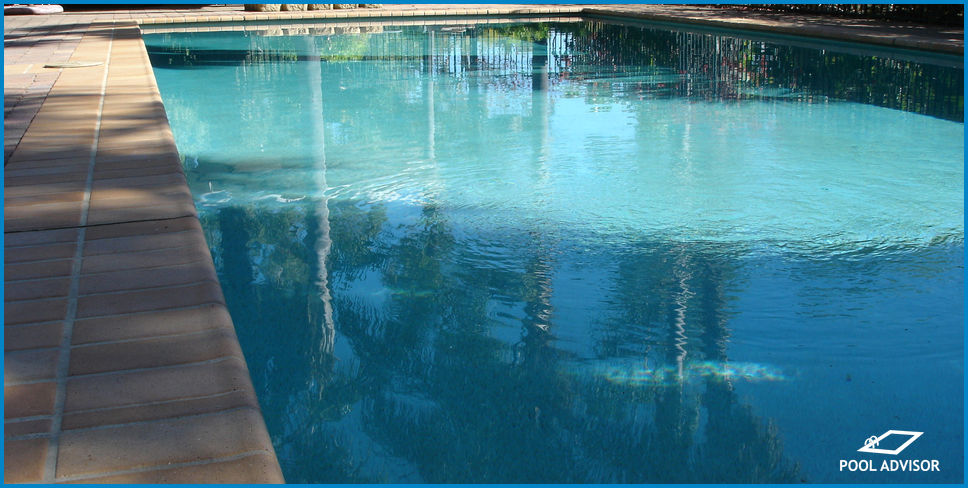
Where Does The Water Go When A Pool Leaks?
Pool leaks can cause widespread damage to your backyard and home, especially if you don’t have a lot of space. So, where does all that water go when a pool leaks?
In this article we will tell you where your pool’s water ends up after it leaks, the impacts this can have on your yard, and what steps you can take to find and locate leaks in your pool if professional help is not available.
Where Does The Water Go When A Pool Leaks?
Regardless of the pool type you have, a lot of the water that leaks from swimming pools soaks through the soil of your backyard, saturating the areas surrounding your pool. It is essential to get any leaks fixed as soon as possible to prevent further damage to your pool or property.
If you have an in-ground pool, your pool was likely built with a subsoil layer underneath it that contains compacted gravel or a similar medium. This subsoil layer can hold a small amount of water from pool leaks and therefore works to prevent settling, but the soil around the pool will still be affected by any excess water that comes in contact with it.
What Is Settling?
Settling is a process that occurs when pockets of air in soil become compacted. Normally, settling occurs slowly over long periods of time.
When you have a pool leak occurring, the dirt in your yard becomes compacted much more quickly because water rushes through the pockets of aerated soil, making these areas unstable and prone to collapse.
Settling can lead to low spots in your yard, but this is the least of the problems that settling can cause. It can also completely ruin the foundation of your pool, landscaping features, underground plumbing, and home.
Tips For Repairing A Pool Leak
If your pool is leaking, it is essential to get it located and fixed as soon as possible. Professional help is always recommended, but even so, you may be able to find and patch a leak yourself.
How To Locate A Pool Leak
For at-home pool leak detection, we recommend using a syringe filled with dye. To use it, turn your pool’s pump and filter system off and allow the water to become still.
Then, inject small amounts of the dye into the still pool water, specifically at areas that are showing signs of wear. Carefully watch to see if the dye moves in any particular direction. When done correctly, you will be able to see streams of dye flow toward the location of the leak.
If you cannot find a leak using this method, try injecting dye near drains, water outflow valves, and your pool’s skimmer baskets to survey for leaks that may be associated with plumbing.
How To Patch A Pool Leak
There are a couple of DIY methods for patching a pool leak yourself. The one that will work best for your pool depends on the type of pool that you have.
If you have a concrete shell pool, you can use a product like Lo-Chlor Pool and Spa Leak Sealer to patch up leaks without draining your pool. This product is added to your water while your pool’s pump is shut off.
While it is in your water, it slowly coagulates and forms a tough resin, plugging any leaks where water may be escaping.
If you have a vinyl-lined pool, you can use a vinyl liner repair kit. This repair kit contains two epoxies and a vinyl patch that you can cut to suit the size of your pool’s leak.
The epoxies that are included are also suitable for underwater use, so you won’t need to drain any pool water to patch the tear in your lining, no matter where it is located.

Louis
A chemical engineer by trade, Louis is committed to debunking myths in the pool industry by explaining the underlying chemistry and making it accessible to all.
